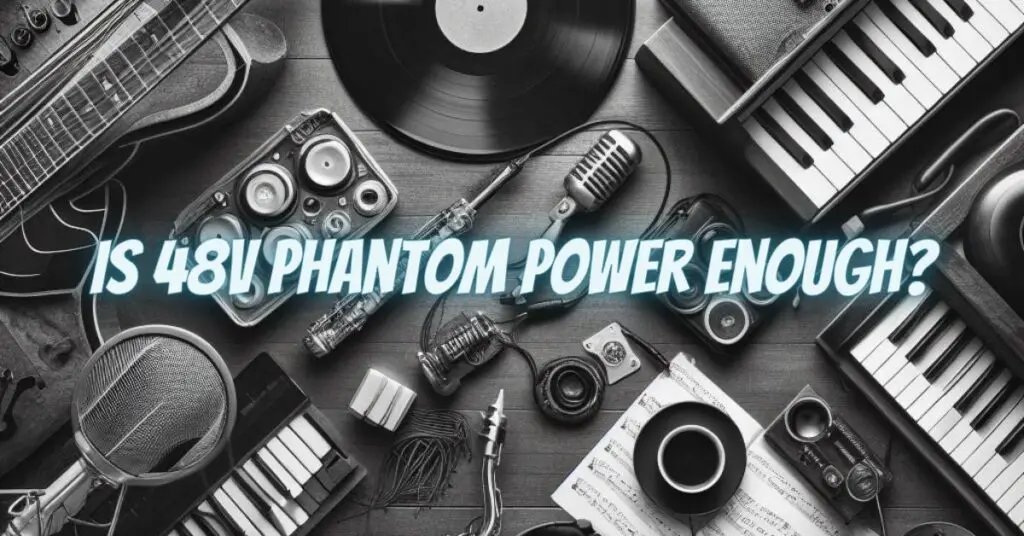48 volts is the standard voltage for phantom power. It is used to power a wide variety of audio equipment, including condenser microphones, active DI boxes, and wireless microphone systems.
In general, 48 volts of phantom power is enough for most audio equipment. However, there are a few exceptions. Some high-end condenser microphones require more than 48 volts of phantom power to operate. These microphones are typically designed for professional recording studios and broadcast applications.
Another exception is ribbon microphones. Ribbon microphones are very delicate and can be damaged by phantom power. It is important to check the specifications of your ribbon microphone before using phantom power.
How to tell if you need more than 48 volts of phantom power
If you are using a condenser microphone, you can check the specifications of the microphone to see how much phantom power it requires. Most condenser microphones will operate on 48 volts of phantom power, but some high-end models may require more.
If you are using an active DI box or other type of audio gear that requires phantom power, you can also check the specifications of the device to see how much phantom power it requires.
What to do if you need more than 48 volts of phantom power
If you need more than 48 volts of phantom power, you can use a phantom power booster. Phantom power boosters are small devices that can increase the voltage of phantom power to up to 60 volts.
Another option is to use a battery-powered microphone or other audio gear. Battery-powered devices do not require phantom power, so they can be used in situations where you do not have access to phantom power.
Conclusion
48 volts of phantom power is enough for most audio equipment. However, there are a few exceptions, such as high-end condenser microphones and ribbon microphones. If you are unsure whether or not your equipment requires more than 48 volts of phantom power, it is always best to check the specifications of the device.
Here are some additional insights about phantom power voltage:
- Some audio interfaces and mixers have a switchable phantom power voltage setting. This allows you to select either 48 volts or 24 volts of phantom power. 24 volts of phantom power is typically used for ribbon microphones.
- Some high-end condenser microphones have an internal voltage regulator. This allows the microphone to operate on a wide range of phantom power voltages, including 48 volts and 24 volts.
- It is important to note that using more than the recommended voltage of phantom power can damage your audio equipment. It is always best to check the specifications of your equipment before using phantom power.
If you have any questions or concerns about phantom power voltage, please consult with a qualified audio technician.


